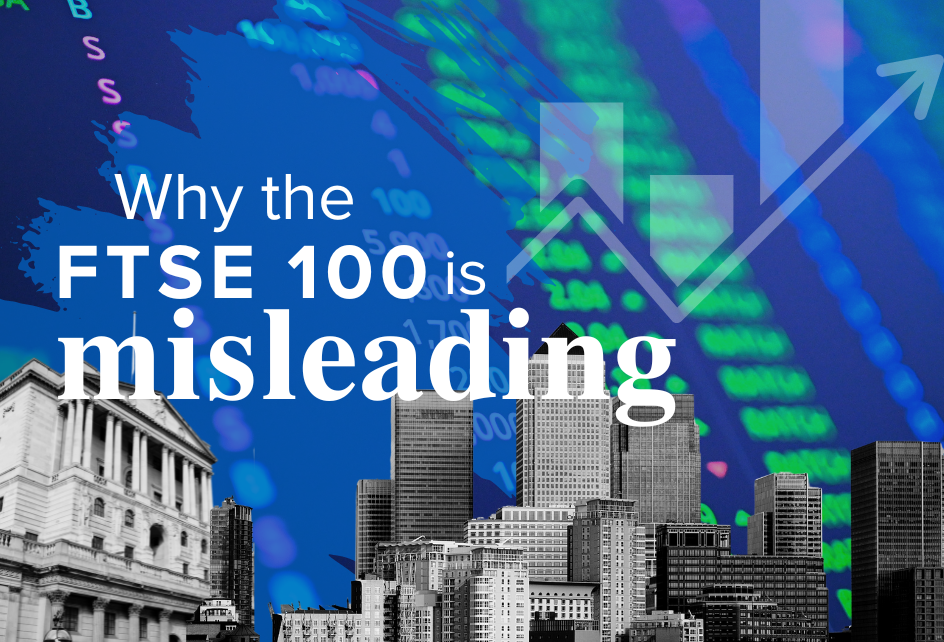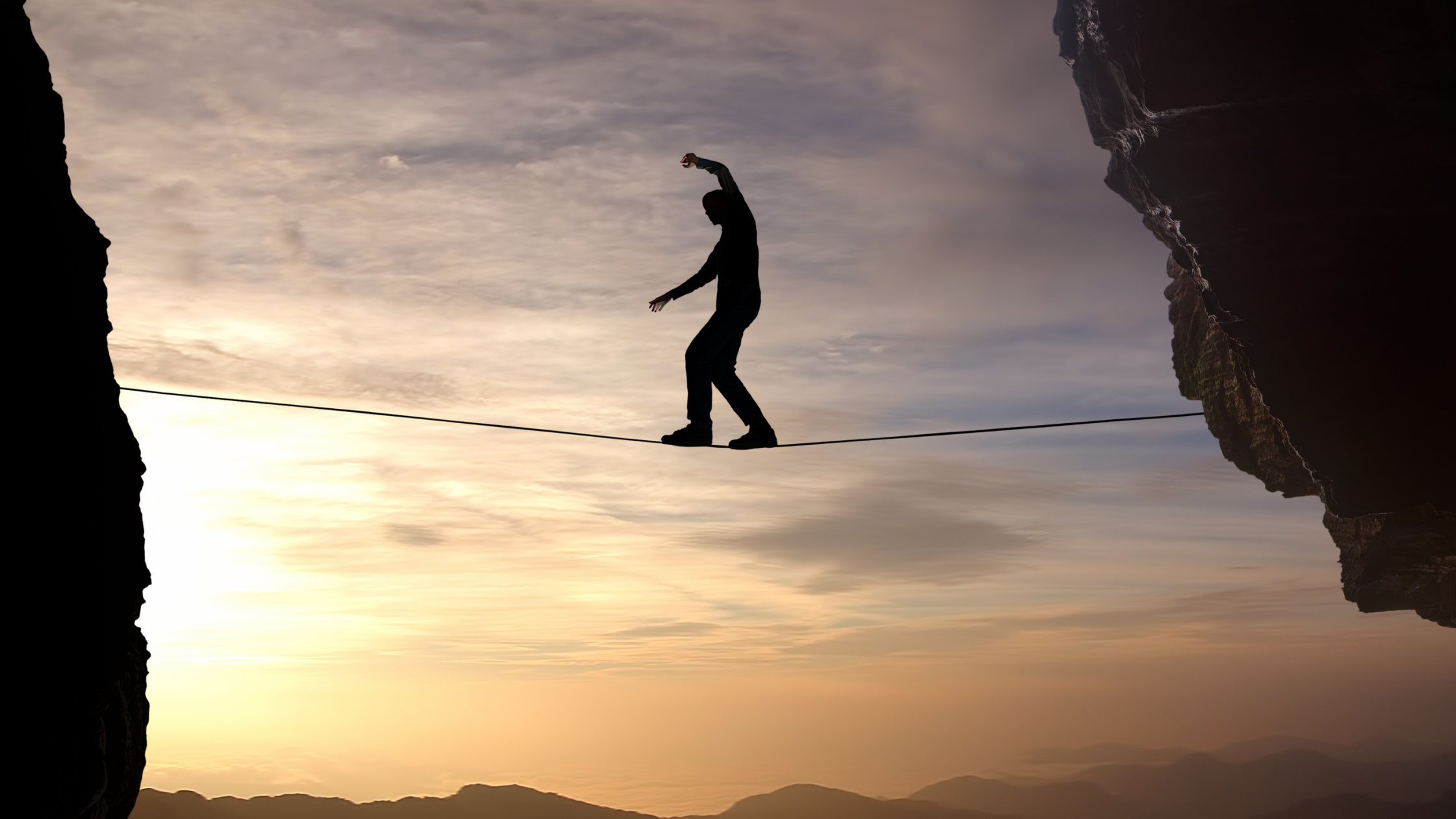Investment author Larry Swedroe says that it’s when markets enter bear territory that investors face their biggest test. “Bear markets,” he explains, “are the mechanism that serves to transfer assets from those with weaker stomachs and without investment plans to those with stronger stomachs and well-thought-out plans, with the anticipation of bear markets built in.”
One of the challenges facing investors who engage in panic selling, says Larry, is what they do next: “At some point they will have to decide when it’s safe to get back into stocks. It is also important to remember that the problem with market timing is that you have to be right twice — when to get out and when to get back in.”
The evidence on panic selling
So, how many investors do actually panic in practice? When do they panic? And, crucially, what sort of people do they tend to be? Daniel Elkind, Kathryn Kaminski, Andrew Lo, Kien Wei Siah and Chi Heem Wong addressed these questions in a recent paper entitled When Do Investors Freak Out? Machine Learning Predictions of Panic Selling.(1)
The researchers looked at 653,455 individual brokerage accounts belonging to 298,556 households across the United States, from 2003 to 2015, and documented the frequency and timing of panic sales. These were defined as a decline of 90% of a household account’s equity assets, of which 50% or more was due to trades, over the course of one month.
Encouragingly they found that instances of panic selling are actually quite infrequent; only 0.1% of investors are doing it at any one time. Over the 13-year period, fewer than a tenth of households sold in a panic. Of those, just 19% did so again. Perhaps unsurprisingly, a disproportionate amount of panic selling happened in periods of high financial stress; panic sales occur at up to three times the baseline frequency after large market movements.
Another finding from the study is that investors who “freak out” appear to remain affected by the experience for a long time. 31% of investors who panic sold never re-invested in risky assets.
Who is most prone to freak out?
Now for the really fascinating part. What sort of people are most likely to bail out of stocks when markets turn volatile? It’s actually men that are more likely to panic sell than women. The likelihood of freaking out rises in men over the age of 45, and especially in those who are married with dependent children. Being young or elderly decreases the risk of panic selling, as does being disabled.
What about investors’ occupations? Do they make any difference to the likelihood of freaking out? Well, it appears they do. Business owners and the self-employed are more likely to capitulate. For some reason, estate agents and (work this one out) members of the clergy are also more prone to panicking.
For me, perhaps the most interesting finding of all is that investors in the sample who identified themselves as having excellent investment experience freaked out more than twice as often as those who identified as having no experience. Also, the likelihood of a panic sale increased with the frequency of trading. Overconfidence, in other words, is a major problem.
Don’t let your feelings win
So, what should you do if you’re feeling panicky about the markets now?
Robin Powell is a journalist, author and editor of The Evidence-Based Investor.




